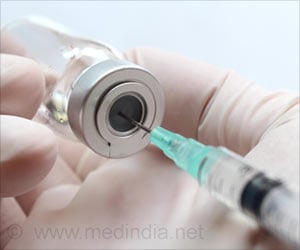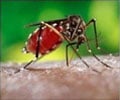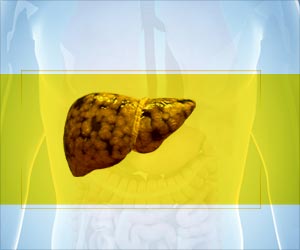Researchers were able to detect the tiny vapor nanobubbles in malaria parasite infected cells in few seconds with a help of a laser scanner.

“Ours is the first through-the-skin method that’s been shown to rapidly and accurately detect malaria in seconds without the use of blood sampling or reagents, It just requires a single person to place a finger on a laser apparatus,” says lead investigator Dmitri Lapotko, a faculty fellow in biochemistry and cell biology and in physics and astronomy at Rice University who invented the vapor nanobubble technology.
The test involves passing a low-powered laser beam through the skin that creates tiny vapor “nanobubbles” inside malaria-infected cells. Due to a particular wavelength set in the apparatus the laser beam is absorbed only by malaria infected cells and subsequently the parasite bursts out. The battery operated malaria detecting device will cost around $10,000-$20,000 each to manufacture. However, the device can be handled by non medical personnel and approximately 200,000 people could be screened in a year, which makes the diagnosis cost less the 50 cents.
In addition it’s a painless method of testing which surpasses blood withdrawal requirement with 100% accuracy.
Source-Medindia












